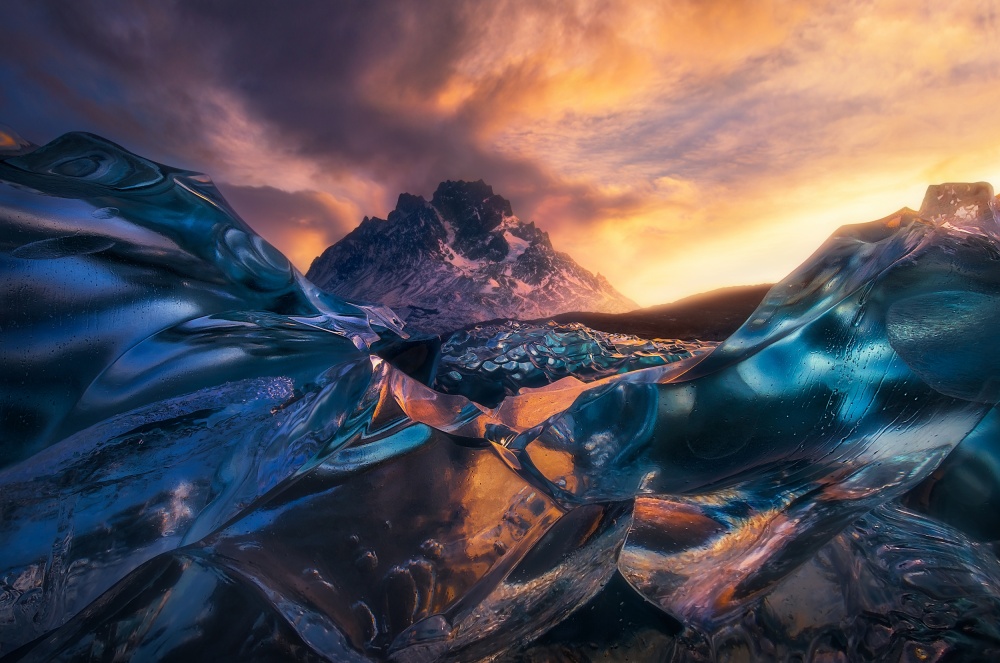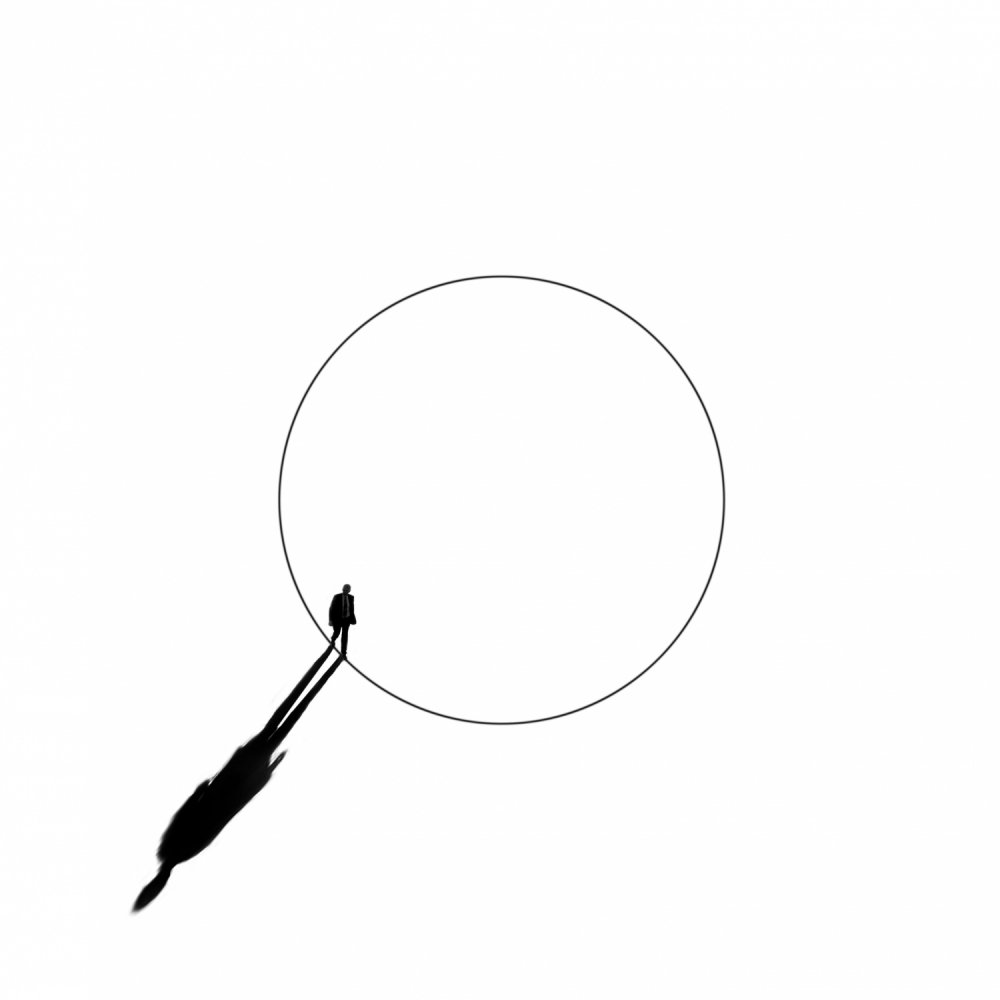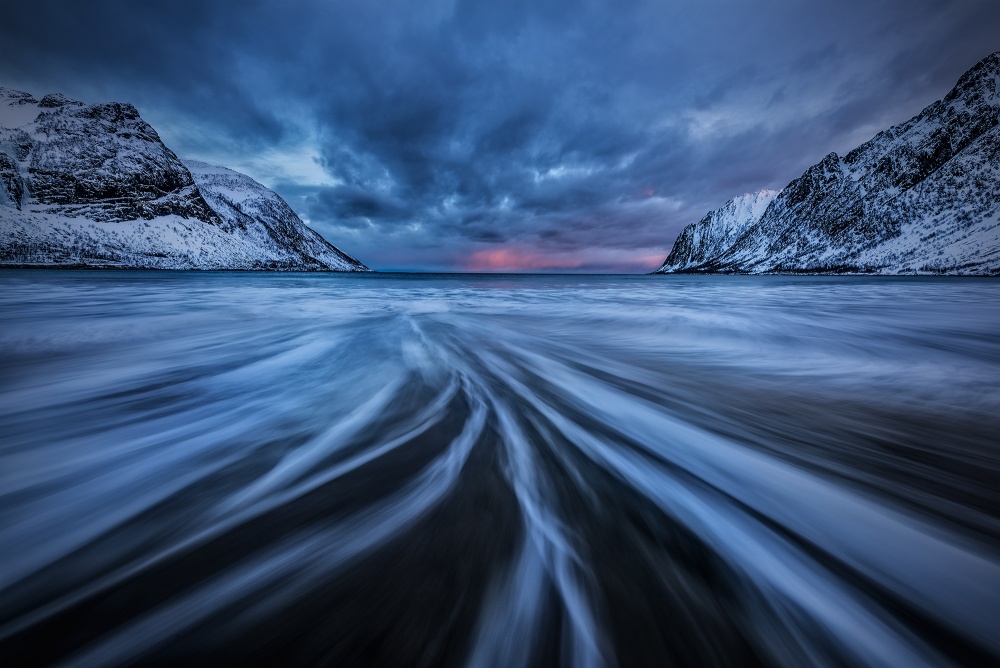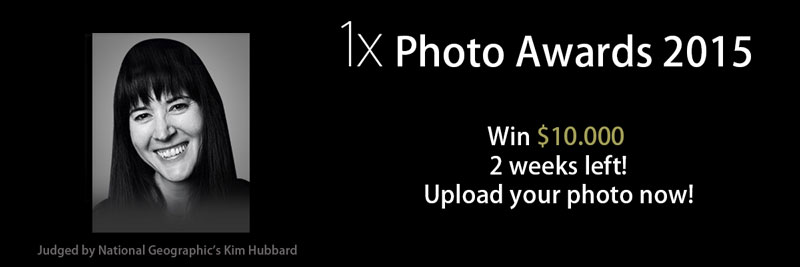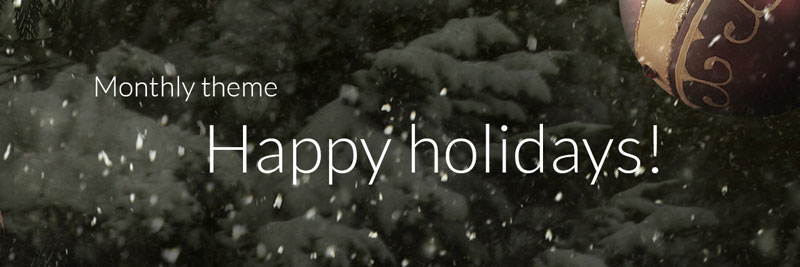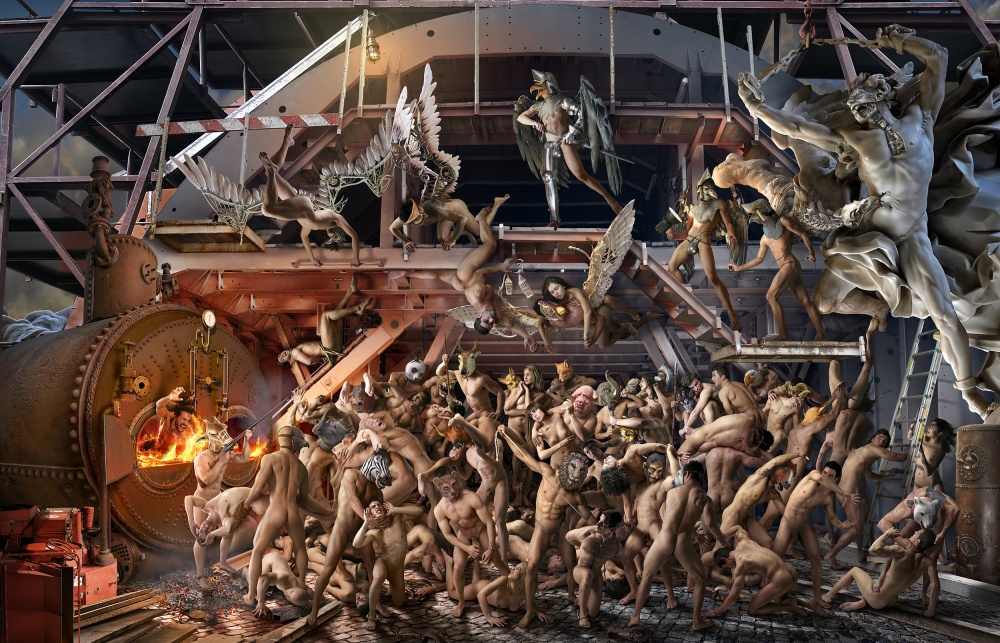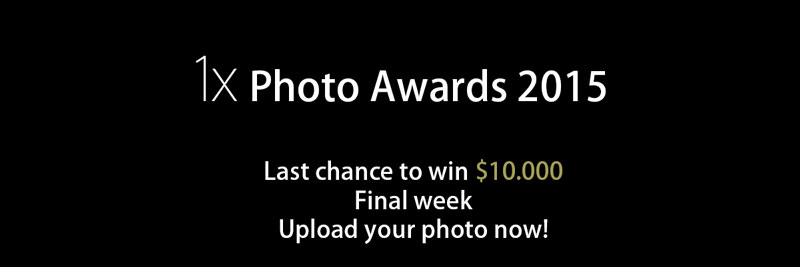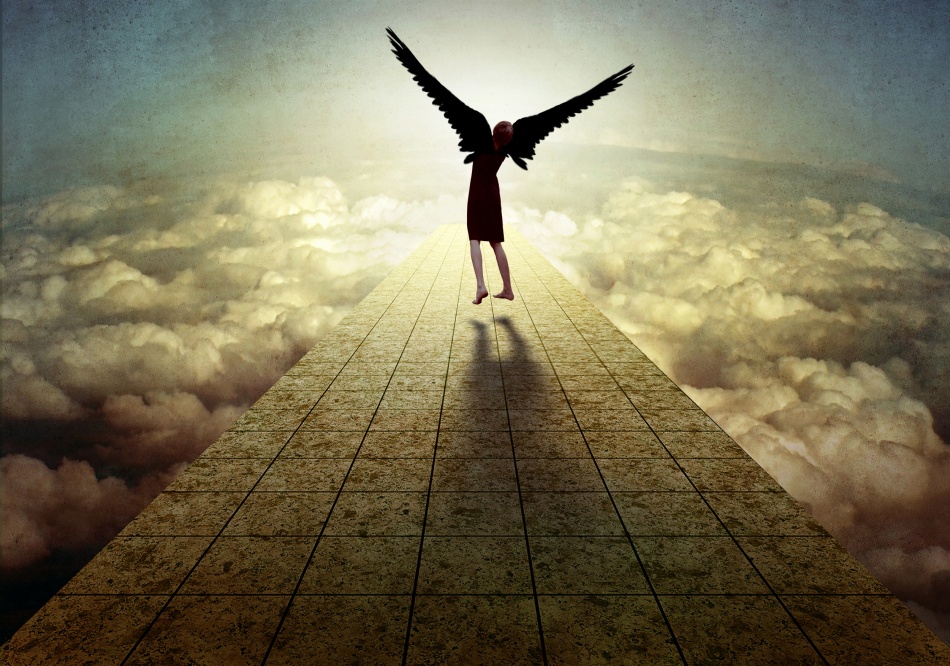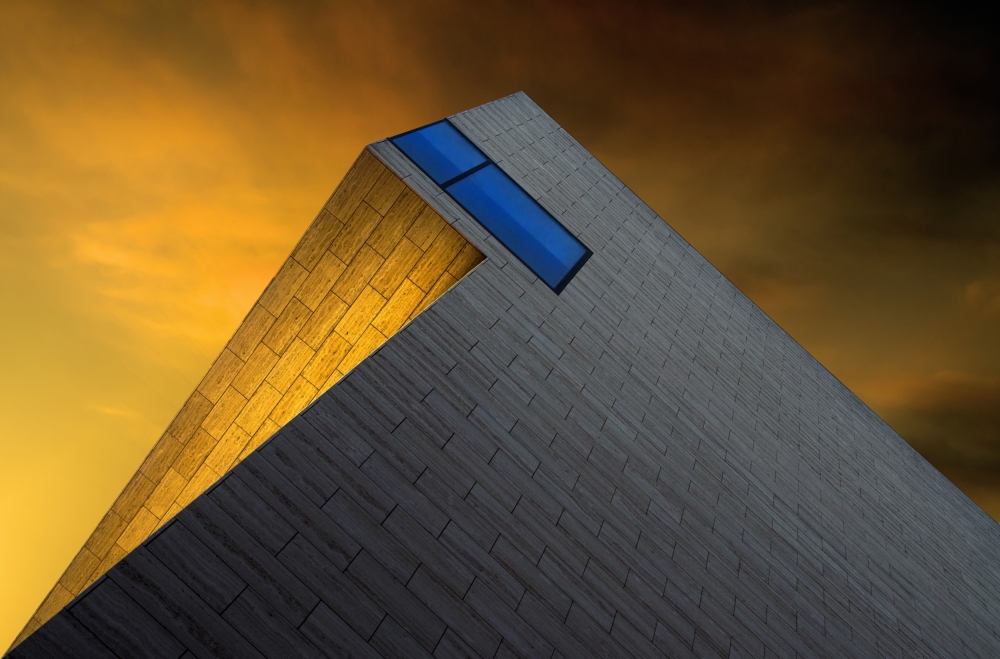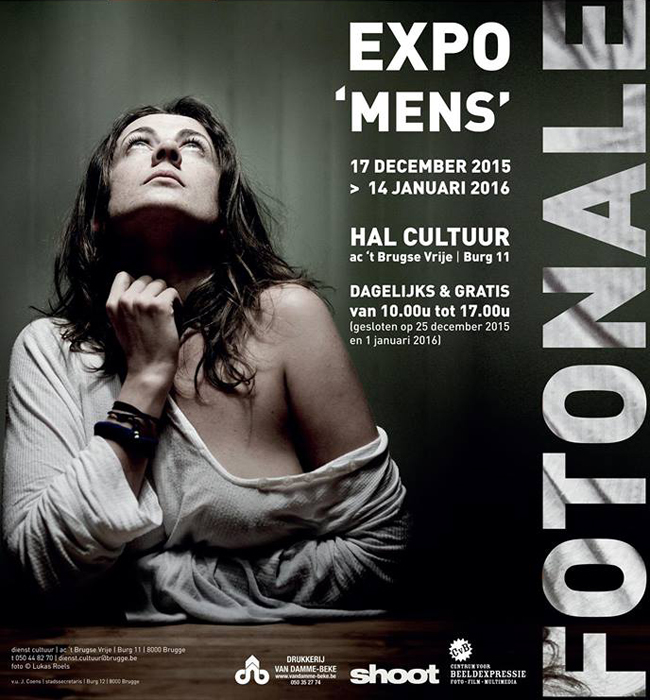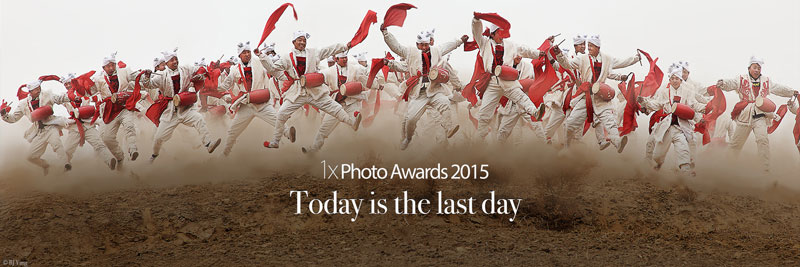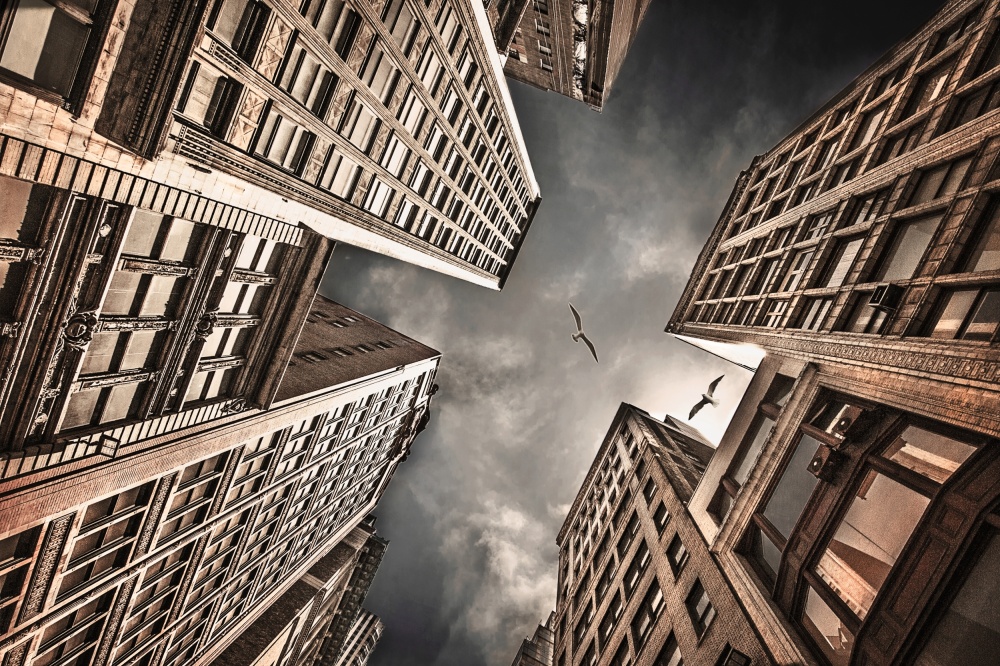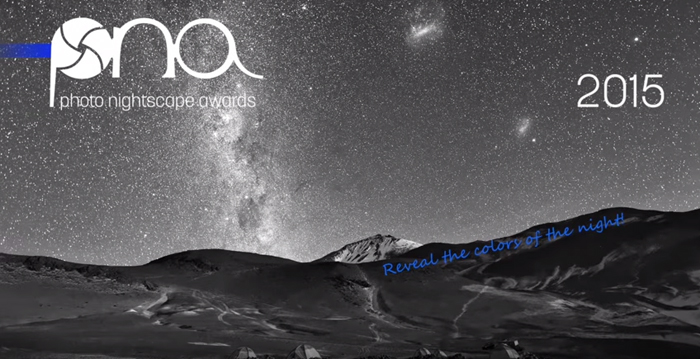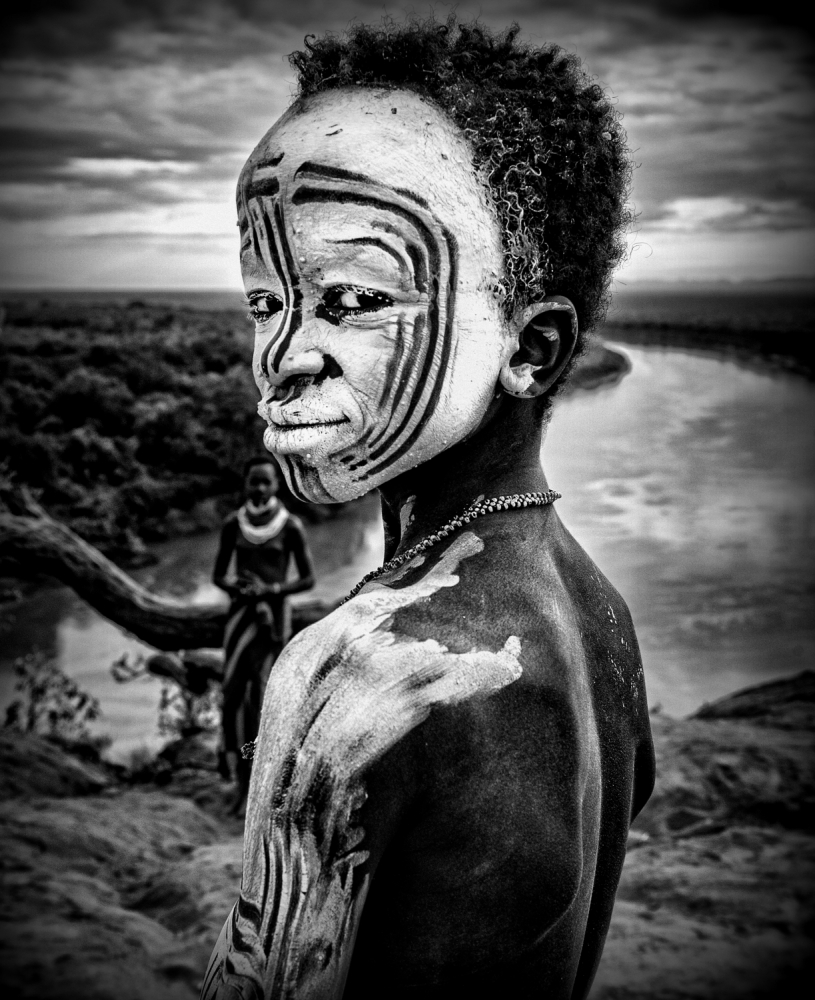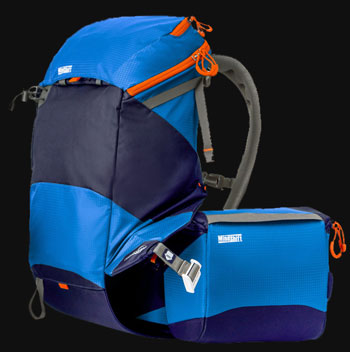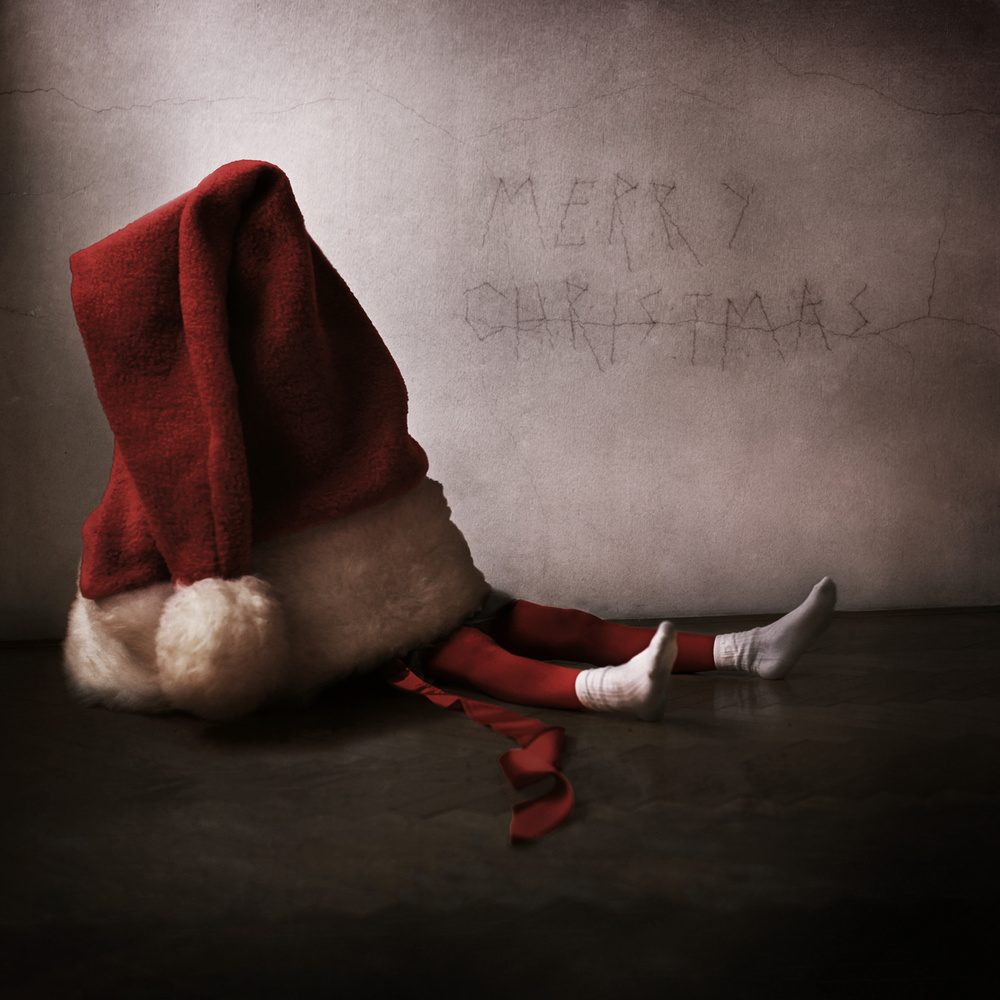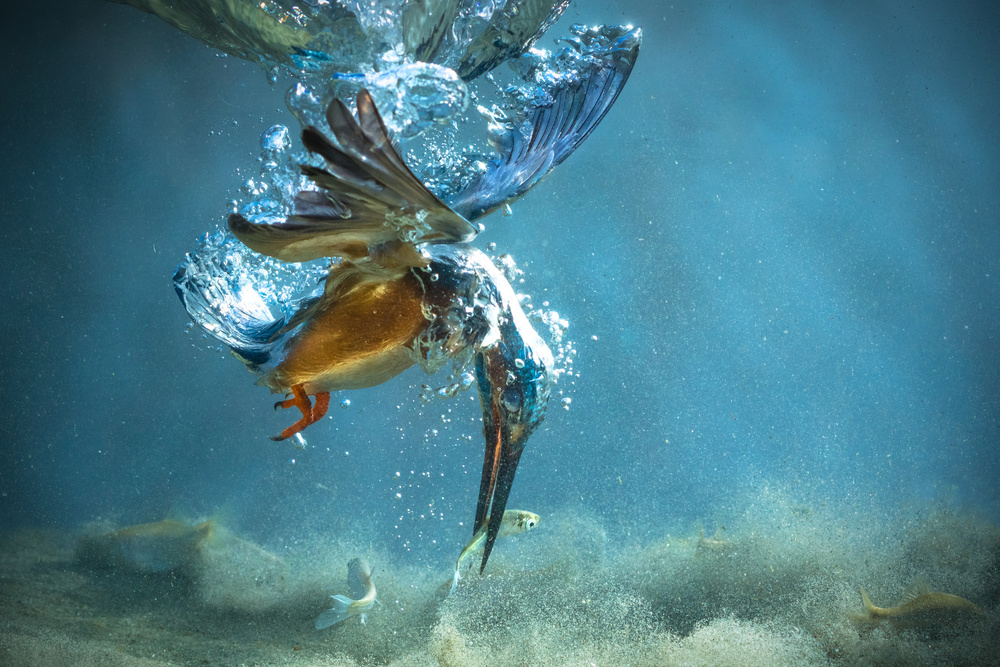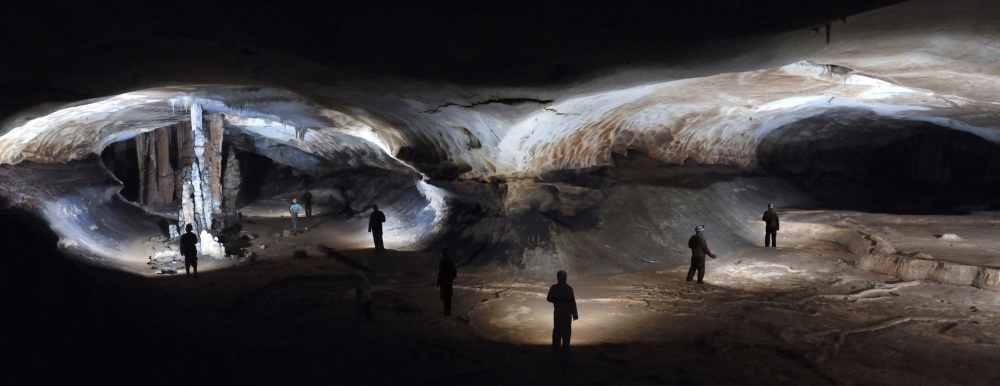Contests
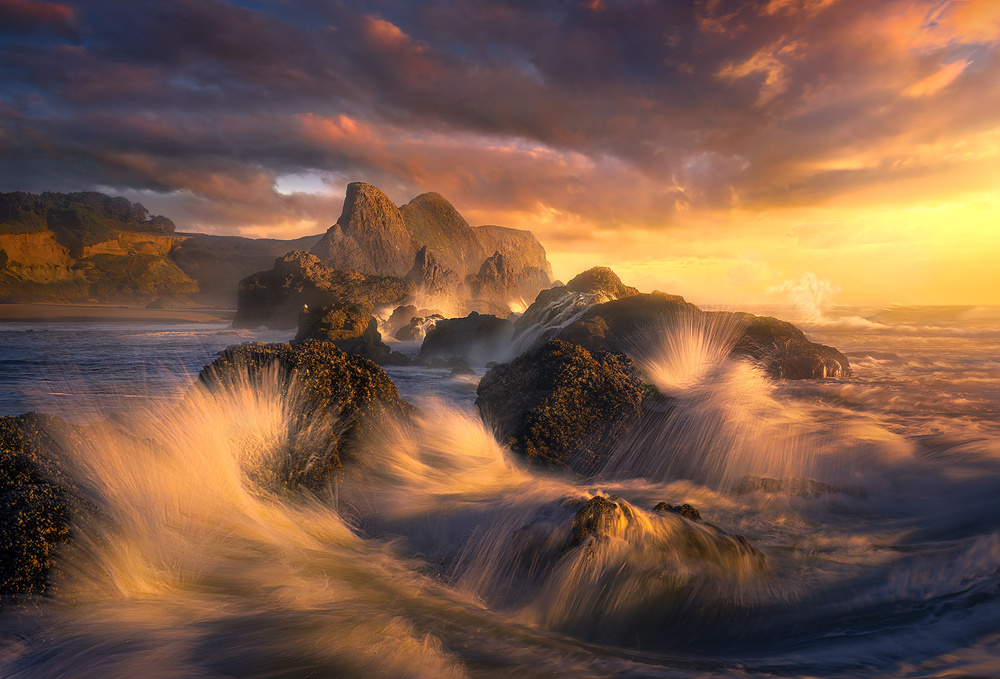
The wonders of nature by Marc Adamus
1x Blog ContestsMarc Adamus is a most talented Landscape Photographer who's work has appeared in hundreds of different publications around the world such as National Geographic, Outdoor Photographer, Digital Photographer, Digital Photo Pro, Popular Photography, Readers Digest, Nature Conservancy, Sierra Club, and Outdoor Photographer among others. He is conducting dozens of workshops and tours each year in a variety of places. He is a passionate photographer who loves showing and sharing the wonders of nature. His images enhance the beauty of the American wilderness. His work is unique and visually captivating.
Thank you so much for taking the time to reveal more about the man behind the images, Marc …
Do you remember when you realized that photography was more than a “point and shoot” camera? What was your very first camera and what is your current?
Yes, the very first camera that I used for serious photography was a Canon AE1. Currently I am using a Nikon D810.
Were you immediately drawn to landscape photography or did that passion come later?
I have always been drawn to the landscape, and at the time of receiving my first camera my life revolved around wilderness exploration and adventures. So yes, for me photography was a natural evolution of my desire to travel in the wilderness.
Tell us about the moment that you decided you wanted to become a professional photographer. What are the greatest challenges of making a living as a photographic artist? What are the keys to succeeding at it?
I don’t think there was so much a single ‘moment’, as at the time I was living very modest, bouncing around from place to place and job to job, and without any great responsibilities like a family or property in my life. As such, without the risk, I was able to slowly try my hand at making money in photography, and am lucky that I was able to be quite successful in a short time.
To succeed in photography, or almost in any art these days, there is a particular relationship between talent and marketing. The more of the one skill you have, the less of the other you need. Fortunately, I haven’t had to do much of marketing in my life, because if I had to, I think it would have destroyed the passion I have for the art. I have to stay motivated, I have to really love and want to do it. By focusing throughout my career only on the photography itself, I have managed to avoid burnout and continued to evolve.
Who were the mentors who shaped you?
More than anyone else the late Galen Rowell shaped my interest in taking photography to a different level. Galen’s work from the high and wild places spoke directly to my own experience and desires. Once I found his images while reading about his climbing exploits, I was sold. I knew I wanted to try to do that.
Who do you count among your biggest influences, photographically or otherwise?
I think that Guy Tal and Floris Van Breugel are both individuals who stand out because of how they fuse their art with their appreciation for the natural world. I think that Daniel Kordan, Max Rive, Alexandre Deschaumes and Marsel Van Oosten all are the type of very rare individuals who have their own adventures and their own amazing way of seeing and photographing the world. Outside of the world of photography I would say my wife, Ani. She is an absolutely amazing person, an art historian, who has pushed me outside my comfort zone on numerous occasions, encouraged me to travel the world, see new art, experience cultures and ideas.
Do you have guiding principles that you follow when you take pictures?
Yes. I want to show the viewer an image that evokes the essence of my experience with a place, and I want to invite them to see it for themselves. The permanent subjects that were there must remain, but the way they are lit, composed, colored, etc. is up to me as an artist.
What is the key to making a great landscape photograph? Is it the same as making a good photograph in general?
You have to find a way to draw the viewer into and through the scene. I think three dimensionality and a smooth flow of transitions throughout many subjects (such as dark to light, cool to warm, high contrast to low contrast, big to small, etc.) can often be most important for landscape images.
Tell us about your photographic vision? Is there a philosophy that binds your work together?
My philosophy is to be myself and to explore. The world is a huge place, and for me, the desire for adventure and travel and exploring the world through my own eyes comes first.
From a landscape photographer's point of view, can you tell us what differentiates a photographer from a Fine Art photographer?
The thing that differentiates the art of photography from photography is that an art is a personal expression. It is a relationship, a fusion of yourself and the subject.
How do you prepare before going for a shoot?
Obviously it depends a tremendous amount on the location and type of trip. I do everything from month-long solo backpacking adventures to the arctic to a drive out to the southern California coast. One thing I try not to do is look through a bunch of other pictures before going, because I want my experience with the place to be my own.
How do you know you got the shot you wanted?
Experience. I can feel it. I can see in my mind very well, when I am still in the field, what the shot will look like when I have fulfilled my vision in putting it all together. But I never know where all the possibilities are until the moment they come along, so a photographer’s work is never done.
What is typically in your camera bag and what are you looking for to purchase next?
I forget. My camera and a bunch of lenses. Doesn’t matter, really.
People get awed by seeing your photographs because of its vibrant colors, lights etc. I think you are very skilled in terms of using Photoshop. How much do your photographs reflect the real photographic scene?
While my attitude towards post-processing is very liberal, I still maintain that the photographic medium has a unique relationship with what we see, the things we call our reality. I find many photographers can’t define where their “line” is, meaning, the things they will or will not do to a landscape in post. But I usually can. The images I create contain the real permanent subjects that any viewer would be able to see if they were to visit a place that I have photographed. For example, the viewer will always be able to see the mountain, trees, lakes, etc., contained within my image, should they see the place with their own eyes. That is normally what the general public expects from a photograph, and that is what my photographs show. Besides the permanent subject matter, anything goes. Light, atmosphere, color, etc. are all usually changed in some way. But I do, with few exceptions, want the end result to look believable.
Majority of your pictures are taken using a wide-angle lens, is that because you don't like a telephoto lens?
That is far from the case right now, actually. Of the 40 new images I made in the last year about 15 were at longer than 150mm focal length and 25 were either midrange or wide angle. And the majority of my absolute favorites, were tele lens photographs. I absolutely love telephoto lenses as well as wide angles for the distinct ways they enable to change a scene. I love that wide angles have the natural ability to simplify a scene through peripheral distortion, bending lines together. And I love that telephoto lenses offer compression, making it easier to close distances and bringing the elements together as I want. In the past I used more wide angle lenses, but today it is closer to an even mix. If I had to shoot a fiery sunset though, the wide angle is usually the best way to go. Maybe that is why more wide angle shots show up in my various forum postings online. This is due to the fact that flaming colors get a lot of attention and because people have very short attention spans on most sites.
You are known for expertly blending multiple exposures resulting in bold dramatic imagery. Can you briefly describe your range of post-processing techniques?
In regards to my techniques, they are completely unique to me. My Photoshop workflow isn’t remotely like anything you’ve ever seen, and is entirely of my own self-taught creation, even on the most fundamental level. I call my technique clone-painting, and it is only taught by me in person. Essentially I just think up what I want, creating an adjustment of my own design from scratch, and then brush it on to whatever I choose and in any fashion that suits me. Repeat process. Normally it takes me one to two thousand adjustments including several hundred unique adjustments to complete an image which I apply at a speed that is superior to any other workflow I have seen. I think the thing which I do best is color and tonal matching of the pieces I am blending, and also using light and tonality to create three dimensional depth.
You have been quotes as saying: “Photographing means I have a good excuse to do the one thing that matters to me most – being in the wilderness.” I'm wondering about the origins of your love for wild beautiful places and how it evolved to become so important in your work?
Well let me start by saying that my life, my art and my career have changed a lot over time. And so have my priorities. Being able to spend time at home with family is for me these days an equally important thing, but I still would feel completely lost if I could not escape to the wilderness as well from time to time, or to take my son there. I think balance in life is key.
My passion for the wild is much about freedom. My trips have often lasted weeks, being alone in some immense wilderness without a predetermined route or destination. I love exploration, and the opportunity to pursue the adventure and challenges inherent to the wild gives me a sense of fulfillment I cannot easily obtain in a more structured and civilized world. It is an escape, of sorts, but enlightenment as well. Additionally, I have loved weather in the extremes since I was a young child. The cold, high storms, winds, snow, waves, thunder, the unrelenting forces that shape our land may shun many but I myself enjoy being humbled when facing nature’s power. It makes me feel alive.
Looking back, which photographic journey stands out as your most rewarding experience and which as your worst experience?
The most rewarding experience in all my travels have been my trips in the most remote southeastern coast mountains in Alaska and northern British Columbia, because it was one of the least photographed places on earth, and it has enabled me to fuse my love of exploration and adventure with photography.
My worst experience was, by far, the time when I drove 3000 miles and then hiked for 3 days through knee-deep snow over difficult terrain to get into a remote wilderness in the Canadian Arctic to shoot the Aurora for the first time and my only camera died right there on the spot where I was about to obtain my goal. It was a miserable hike back.
May I ask you if you have an all-time favorite photo location?
Purely for photography I would definitely say the coastal mountains of Alaska, but it has to be a long trip because weather is often so bad, and also access is extremely difficult and expensive.
You make reference to a quote I found insightful: “The beginner sees infinite possibilities. The master sees very few”. Can you give advice on how aspiring landscape photographers can realize the infinite possibilities they see?
In essence, what this means to me is always keep learning. I am constantly trying new things, constantly expanding my horizons both in my travels and in my artistic process. My advice would be to be yourself. Photographers in this age spend far too much time trying to imitate, even subconsciously, simply because they spend so much time exposing themselves to images of the place they are about to go to shoot. They forget that the best art comes from within.
What lies ahead for you in the coming year?
This past year has sure been a long year. As I am writing this, I have been on the ‘road’ for 60 days in 5 countries and 3 continents. Coming up next is some much deserved family time for a couple of months including 3 weeks in New Zealand. Next year I will be doing solo trips into the Himalayas, the Arctic, Alaska, and numerous other trips involving photographic workshop destinations for clients.
It has been a pleasure to interview you, Marc. Allow me to ask one final question: What do you feel about 1x as a home base to show and share your outstanding work?
To be honest I haven’t been much involved with 1x for years, but I should have been. It’s just a time thing for me, and I am not around computers much. I will make an effort to be involved again though. I am going to put up a dozen or so new images right now. I REALLY like the emphasis on artistic expression, creativity and top-notch work at 1x, even if the high resolution pages do take forever to load sometimes. Every other forum out there seems to get drug down by the same boring stuff or turns into a popularity contest which breeds conformity in the images displayed. 1x does an outstanding job showcasing diverse talent from across the world.








